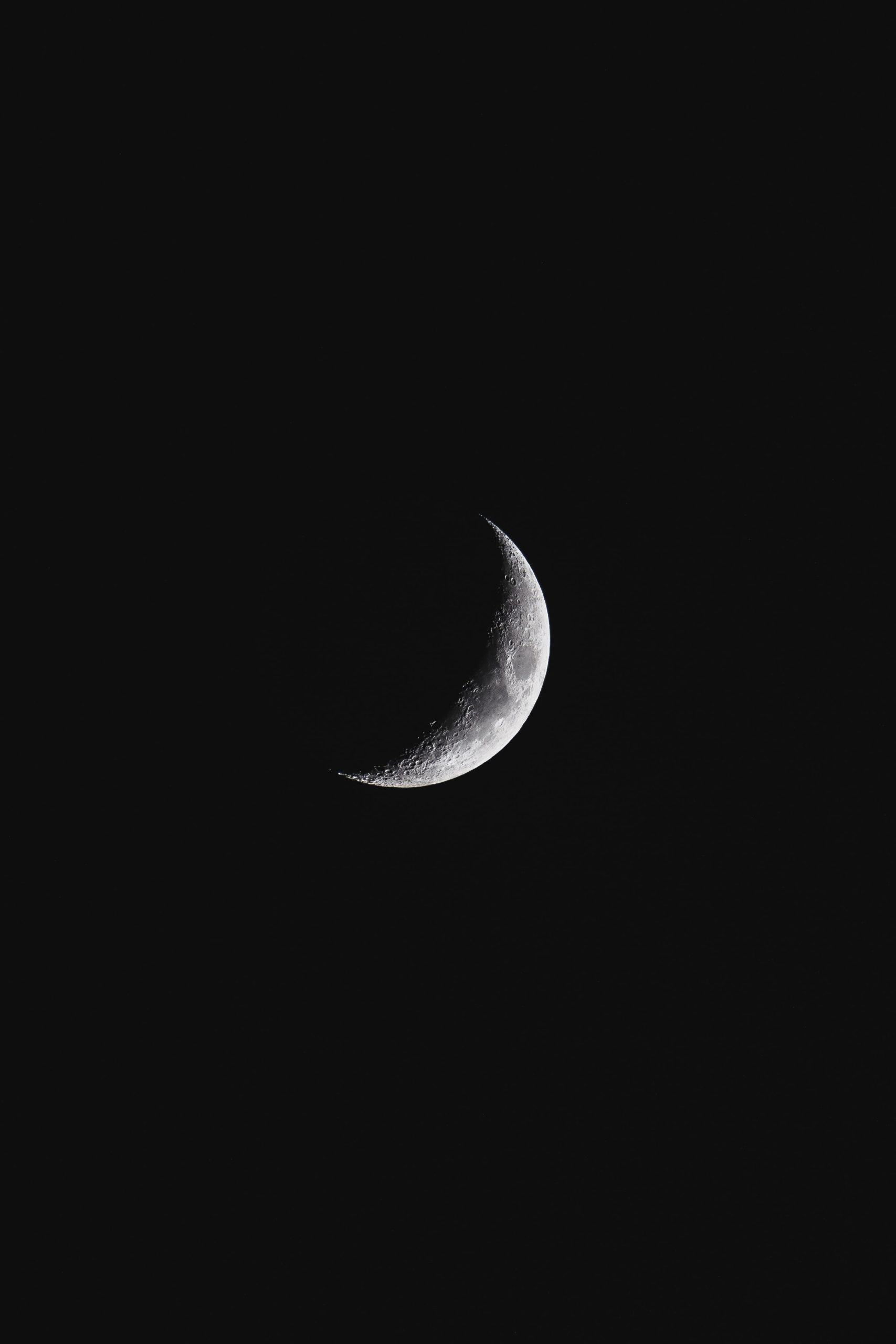What’s a Tarot Reader Called?
For centuries, people have turned to the mysterious and captivating practice of tarot reading to gain insights and guidance into their lives. Whether you’re new to the world of tarot or deeply immersed in its enchanting realm, you may have wondered what a tarot reader is called. In this comprehensive blog post, we’ll explore the various terms used to describe those who possess the remarkable ability to interpret tarot cards and delve into the history and cultural significance of these designations.
The Origins of Tarot Reading
Before we dive into the names given to tarot readers, it’s essential to understand the origins and history of tarot cards themselves. The exact origins of tarot are obscured by time, but these captivating cards emerged in Europe during the 14th and 15th centuries. Originally, tarot decks were used as playing cards before evolving into tools for divination and spiritual guidance.
While tarot decks can vary in structure and design, they typically consist of 78 cards divided into two main groups: the Major Arcana and the Minor Arcana. The Major Arcana consists of 22 trump cards, such as The Fool or The World, while the Minor Arcana consists of 56 suit cards, similar to a regular deck of playing cards. Tarot readers interpret the cards’ symbolism, positions, and relationships to provide insights into various aspects of a person’s life.
The Different Names for Tarot Readers
Now that we have a basic understanding of tarot cards, let’s explore the different names used to refer to tarot readers:
| Name | Meaning |
|---|---|
| Tarot Reader | The most commonly used and straightforward term for individuals who interpret tarot cards. |
| Diviner | A broader term used to describe individuals who use various tools or methods, including tarot cards, to gain insights and foretell the future. |
| Cartomancer | Specifically refers to those who practice divination using playing cards. As tarot decks are a specialized subset of playing cards, tarot readers can also be considered cartomancers. |
| Fortuneteller | A term used to describe those who make predictions about an individual’s future based on interpreting tarot cards. |
| Psychic | Psychics possess extrasensory perception (ESP) and can utilize various divinatory tools, including tarot cards, to tap into intuitive insights. |
| Oracle | An oracle is someone who acts as a medium or channel, receiving messages or guidance from higher beings or spiritual entities. In the context of tarot reading, the reader acts as a conduit for the wisdom contained within the cards. |
It’s important to note that while these terms are often used interchangeably, there may be subtle nuances or personal preferences associated with their usage. Ultimately, the most appropriate term to describe a tarot reader depends on the individual and their specific practices and beliefs.
The Cultural Significance of Tarot Reading
Tarot reading has captivated and intrigued people worldwide for centuries, transcending cultural boundaries and leaving an indelible mark on various societies. Let’s explore the cultural significance of tarot reading in different parts of the world:
Europe
As the birthplace of tarot cards, Europe has a rich history steeped in tarot reading traditions. From the ancient gypsy and Romani cultures to the influence of Hermeticism and the esoteric practices of secret societies, tarot reading has been an integral part of European occultism and spirituality.
Asia
While tarot reading is not a traditional practice in Asia, the popularity of tarot has gained traction in recent years. Many tarot readers in Asia incorporate their cultural beliefs, such as Buddhism or Taoism, into their interpretations, creating a unique fusion of ancient wisdom and contemporary divination methods.
America
In America, tarot reading emerged as part of the New Age movement in the 20th century. Tarot readers in America often blend various spiritual disciplines and practices, such as astrology, crystal healing, and energy work, into their readings.
Africa
While tarot reading might not be as prevalent in traditional African cultures, there are tarot readers across the continent who use their knowledge of African spirituality and divination systems to offer unique perspectives and guidance.
Conclusion
In conclusion, a tarot reader can go by various names, including tarot reader, diviner, cartomancer, fortuneteller, psychic, and oracle. These names reflect the span and diversity of interpretation methods and cultural influences found within the practice of tarot reading. Regardless of the name used, tarot reading has a profound and enduring cultural significance that continues to captivate individuals seeking wisdom, guidance, and a deeper understanding of themselves and the world around them.
Table of Contents
